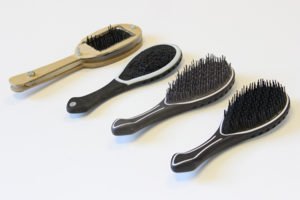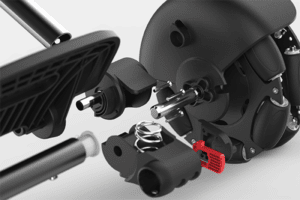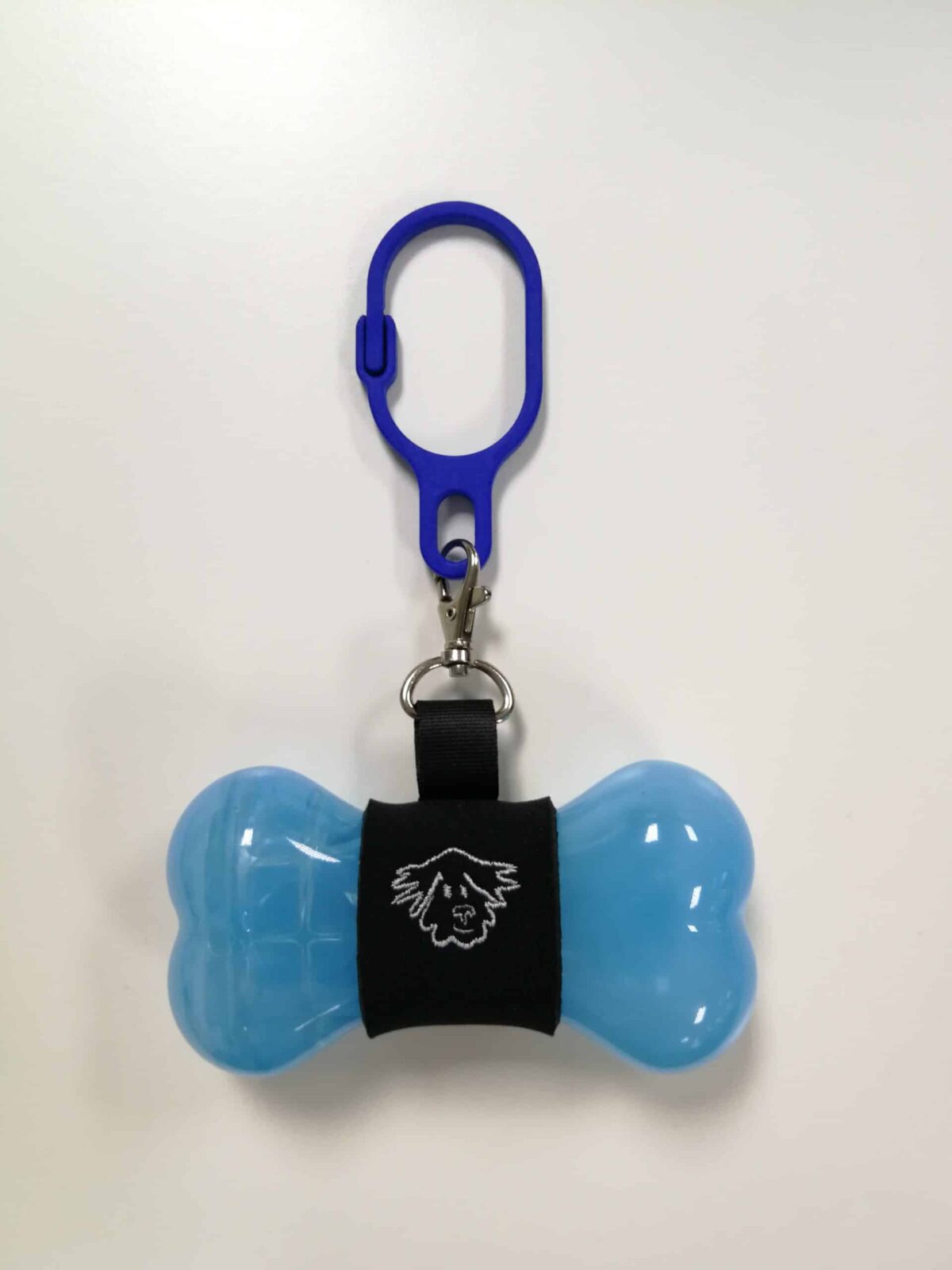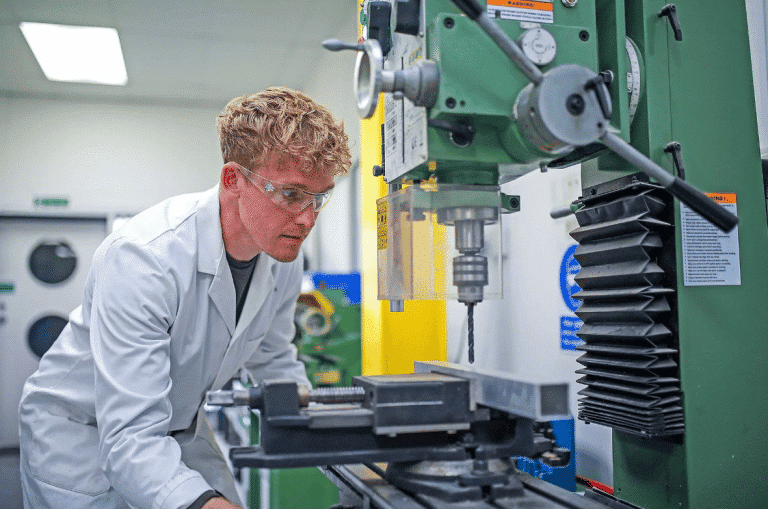Further Design for Prototyping

The ‘Further Design for Prototyping’ service is a crucial step towards achieving a market-ready product. Guided by experienced designers, this stage meticulously refines your design based on valuable feedback from initial prototypes, ensuring an enhanced, cost-effective, and manufacturable product. The tangible benefit for the innovator lies in this robust fine-tuning process, which not only enriches the product’s market resonance but also substantially mitigates the risk of costly overruns in subsequent production stages.
Our Process
Clarification and Compromise
- Review Initial Prototype:
- If not complete already we will begin with a thorough review of the initial prototype, analysing its performance, usability, and adherence to the original design objectives.
- Utilise the feedback gathered from various stakeholders, including customers, potential buyers, and end-users, to understand the prototype’s strengths and areas of improvement.
- Identify Areas for Improvement:
- Pinpoint the areas that require modifications or enhancements based on the feedback.
- Engage in discussions with you to clarify the suggested design changes and likely ramifications.
- Assess Feasibility and Implications:
- Consider the feasibility of implementing the suggested changes, taking into account the potential knock-on consequences on design, manufacturing, and costs.
- Assess the implications on tooling and setup costs for production, and determine whether the proposed changes align with cost-effective manufacturing principles.
- Compile and Prioritise Feedback:
- Compile all the feedback into a coherent set of actionable insights, and prioritise them based on their impact, feasibility, and alignment with commercial viability.
- Compromise on what changes will be undertaken, ensuring a balance between enhancing the product and maintaining cost-effectiveness.
- Ensure there’s a mutual understanding and agreement with you regarding the design modifications to be pursued in the next step.
- Implement Design Adjustments:
- Under the adept guidance of experienced senior designers, proceed to implement the essential design adjustments derived from the feedback.
- This stage might involve meticulous alterations to CAD models for hard goods or precise adjustments to pattern pieces for textile products, addressing the identified areas of improvement while ensuring that no new issues are introduced.
- Increasing Design Fidelity:
- As the core elements of the design are being established, agreed, and finalised, the focus shifts towards enhancing the design’s fidelity.
- During this phase, every aspect of the design is scrutinised and refined, striving for a well-rounded improvement that not merely addresses the feedback but elevates the design to a higher standard.
- This includes refining ergonomics, aesthetics, and functionality, ensuring the design is progressively evolving to meet the market and manufacturing expectations.
Resolve Knock-on Consequences:
- Actively work on resolving any knock-on consequences that emerge from the design changes, ensuring a smooth transition into the subsequent stages of production.
- The experienced designers play a pivotal role in foreseeing potential challenges and devising solutions that keep the project on track in terms of timeline, budget, and quality.
- Validate the Revised Design: Conduct a thorough validation of the revised design to ensure it meets the desired objectives and is ready for the subsequent stages of production.
- Cost Estimation: Accurately estimate the costs involved with the updated design to ensure budgetary alignment and cost-efficiency moving forward.
- Prepare for Next Stages: Prepare the refined design for the next stages of production or further prototyping as necessary. Ensure all documentation is updated, and the design is well-communicated to all relevant stakeholders.
Informed Refinement
The “Further Design for Prototyping” stage embodies the essence of iterative improvement, minimum viable product, and user-centric design. After testing the initial prototype, invaluable feedback emerges, uncovering both strengths and weaknesses in the design. This stage provides the opportunity to incorporate the response to the design, be it from you, buyer assessments, or end user experiences. This is done meticulously, ensuring that each aspect of the product is optimised given the designer’s extensive experience of manufacturing cost effective products.
In textiles, this could translate to optimised pattern adjustments or material reselection that better aligns with market expectations, veering away from perfection and steering towards commercial viability. Similarly, for hard goods products, key modifications in the CAD model are undertaken to better align with manufacturing feasibilities and market anticipations. This iterative enhancement distinctly underscores the goal of achieving a design that resonates well with the market and user preferences, carving a clearer path towards commercial success.
The tangible benefit for the innovator lies in this robust fine-tuning process, which not only enriches the product’s market resonance but also substantially mitigates the risk of costly overruns in subsequent production stages.

Cost Efficiency
Engaging in thorough refinement during the “Further Design for Prototyping” stage is a prudent step towards embodying the principles of the Minimum Viable Product (MVP) approach, which advocates for a lean, cost-effective strategy in product development. By meticulously adjusting the design based on prototype feedback before diving into full-scale production, you are essentially honing in on the core features and functionalities that are vital to meeting the market and user needs, while eliminating any superfluous elements that could potentially inflate production costs.
Whether it’s a change in fasteners from Velcro to zips in textile products, or slight alterations in the CAD model for hard goods products to improve usability or manufacturing feasibility, each modification is made with a keen eye on budget and market validation. This stage, although necessitating an upfront investment, aligns with the MVP ethos of building a product with just enough features to satisfy early customers, thus ensuring the resources are judiciously utilised.
Moreover, gathering feedback on the initial prototype and making informed design adjustments at this juncture helps in averting potential costly rectifications down the line. This not only minimises the risk of encountering expensive hurdles during the production phase but also accelerates the journey towards achieving a market-ready product that resonates well with the target audience. This holistic approach, combining cost efficiency with the lean MVP methodology, significantly amplifies the prospects for the commercial success of your project while ensuring a streamlined, budget-conscious pathway through the subsequent stages of product development.


Risk Mitigation
Each adjustment executed during the “Further Design for Prototyping” stage embodies a proactive step towards minimising risks associated with product failure. By meticulously addressing the issues discovered during prototype testing, the design evolves into a version poised to confront fewer complications, be it during the rigorous production phase or amidst the fiercely competitive market landscape.
This stage is about honing the design to not only meet, but significantly exceed expectations, thereby amplifying the probability of the product’s commercial success. It serves as a robust buffer, ensuring that the product slated for production is finely-tuned, user-friendly, durable, and primed to withstand market scrutiny.
Take for instance, a recent prototype testing scenario involving a golf trolley. The feedback revealed that the mechanism became challenging to operate when the trolley was used on recently cut, damp grass. During the “Further Design for Prototyping” stage, our seasoned designers addressed this issue head-on and refined the mechanism accordingly. Without this vital adjustment, the issue could have translated into negative product reviews, adversely impacting sales, increasing the rate of returns, and potentially tarnishing brand reputation.
This stage bestows upon the innovator a fortified product, where each refinement is a testament to proactive problem-solving. It’s about transcending the minimum thresholds of design adequacy and venturing into realms of design excellence that not only captivates the target audience but also instills a sense of trust and satisfaction.
The “Further Design for Prototyping” stage elucidates how meticulous attention to detail during the design process can dramatically influence a product’s market trajectory. By investing in this stage, innovators are essentially investing in a future where their product stands a substantially higher chance of resonating with customers, enduring market challenges, and ultimately, fostering a legacy of success.

FAQs
What is further design for prototyping?
Further Design for Prototyping is a crucial phase in product development that occurs after initial prototyping. This stage involves refining and enhancing the design based on feedback and insights gathered from the testing of the initial prototype. It’s about addressing any identified issues, making improvements, and tweaking the design to better align with user needs, market expectations, and manufacturing requirements. In essence, it’s a stage of iterative refinement aimed at optimising the design before proceeding to more advanced stages of development.
Why is further design important after initial prototyping?
The importance of further design post initial prototyping lies in its ability to significantly mitigate risks and rectify any flaws early on in the development cycle. It incorporates the learnings from the prototype testing to make the design more viable, user-centric, and market-ready. By doing so, it helps avoid costly mistakes in subsequent production stages, ensures better alignment with market expectations, and ultimately enhances the probability of commercial success.
What steps are involved in further design for prototyping?
A range of steps are involved in this stage, which may include:
- Analysing feedback and data collected from initial prototype testing.
- Identifying areas of the design that require modification or enhancement.
- Revisiting and revising the CAD models to incorporate necessary changes.
- For textile products, altering pattern pieces, material selection, or functionality based on feedback.
- For hard goods, making necessary adjustments in design for better ergonomics, manufacturing feasibility, or market alignment.
- Engaging in dialogues with stakeholders such as clients, buyers, or end-users for further insights.
- Conducting additional virtual testing or simulations to validate the changes.
- Reviewing and finalising the updated design for the next stages of development or another round of prototyping if necessary.
Who should be responsible for further design after a prototype is built?
- Reduced Negative Reviews: By addressing the identified issues from the initial prototype testing, the product’s performance and usability are enhanced, which in turn minimises the likelihood of negative customer reviews once the product is in the market.
- Extended Product Life: Further design allows for the rectification of weaknesses that may have been exposed during prototype testing. This can lead to improvements in the durability and longevity of the product, thereby reducing failures under warranty and potentially extending the product’s life.
- Cost Efficiency: Identifying and rectifying design issues at this stage can significantly reduce the costs of amendments during later production stages, as well as post-sale servicing and warranty claims.
- Market Alignment: Adjustments made during the further design phase ensure that the product is better aligned with market expectations, user needs, and feedback received from potential buyers or investors. This alignment amplifies the product’s potential to meet or exceed market acceptance criteria.
- Risk Mitigation: The process of further design for prototyping acts as a buffer against risks associated with product failure. By refining the design to enhance functionality and user satisfaction, the risks of product returns and negative market reception are mitigated.
How does further design improve the chances of product success?
- Reduced Negative Reviews: By addressing the identified issues from the initial prototype testing, the product’s performance and usability are enhanced, which in turn minimises the likelihood of negative customer reviews once the product is in the market.
- Extended Product Life: Further design allows for the rectification of weaknesses that may have been exposed during prototype testing. This can lead to improvements in the durability and longevity of the product, thereby reducing failures under warranty and potentially extending the product’s life.
- Cost Efficiency: Identifying and rectifying design issues at this stage can significantly reduce the costs of amendments during later production stages, as well as post-sale servicing and warranty claims.
- Market Alignment: Adjustments made during the further design phase ensure that the product is better aligned with market expectations, user needs, and feedback received from potential buyers or investors. This alignment amplifies the product’s potential to meet or exceed market acceptance criteria.
- Risk Mitigation: The process of further design for prototyping acts as a buffer against risks associated with product failure. By refining the design to enhance functionality and user satisfaction, the risks of product returns and negative market reception are mitigated.
Overview of Further Design for Prototyping
Embarking on the pathway of innovation is thrilling, yet laden with challenges. One crucial milestone in this journey is the prototyping stage, which brings forth the initial realisation of the idea. However, as the first prototypes are critiqued and tested, feedback inevitably emerges, painting a clearer picture of design improvements needed and specific requirements of the final product. This juncture is where the “Further Design for Prototyping” service steps in, acting as a bridge between initial feedback and refined design, leading towards a market-ready product.
The service encapsulates an iterative improvement model, blending the principles of Minimum Viable Product (MVP) and user-centric design. Utilising the feedback obtained from client dialogues, buyer assessments, or end-user focus groups, our experienced senior designers meticulously refine the design. This iterative enhancement underscores the goal of achieving a design that resonates well with the market and user preferences, significantly improving the prospects for the commercial success of your project.
One might wonder why a secondary design phase is necessary and why the design was not perfected the first time. It’s imperative to understand that the initial prototyping stage is about materialising ideas to test assumptions and gather feedback. In contrast, the “Further Design for Prototyping” service is about refining those ideas based on real-world feedback, thereby significantly reducing the risk of costly overruns in subsequent production stages and enhancing market resonance. Consider James Dyson and his 5127 prototypes of his first cyclonic vacuum cleaner. If he took this many attempts to get it right then we think two or 3 prototypes and rounds of design refinement should be expected!
Limitations of the Service: The service does not promise perfection but strives towards a commercially viable and market-ready product. It’s bounded by the reality of production costs, manufacturing constraints, and market expectations. The extent of refinement is also contingent on the clarity and accuracy of the feedback received. The design isn’t necessarily ready for production after this stage and these changes many require another round of prototyping to validate.
Prerequisites: Before engaging in this service, it’s essential to have a well-documented initial prototype, along with comprehensive feedback from all relevant stakeholders. A clear understanding of the target market, budget constraints, and manufacturing possibilities is also pivotal to navigate through this stage effectively.
Innovators may feel a sting having to invest further for design refinements. However, this step is fundamental in avoiding higher costs and complications that could arise down the line if unaddressed. The expense incurred in correcting a design flaw post-production is exponentially higher than addressing it at this stage. It’s not about correcting mistakes made by the designers initially; it’s about evolving the design to meet real-world demands and expectations. By refining the design based on real feedback, you are incrementally moving closer to a product that is well-received by the market and stands resilient in the face of competition.
What Comes Next: Post this stage, your product will be geared towards production. This is where the rubber meets the road. after further prototyping and feedback, the designs finalised here will be translated into production tooling, materials will be sourced, and production processes will be defined. Often the manufacturer will need to go through a value engineering or design for manufacture stage to further refine the concept for cost effective tooling and production. Although your designer will have considered all this is detail so far, there still needs to be specific work down on tolerances, draft angles, material blend selection and detailed refinement for cost effective assembly.